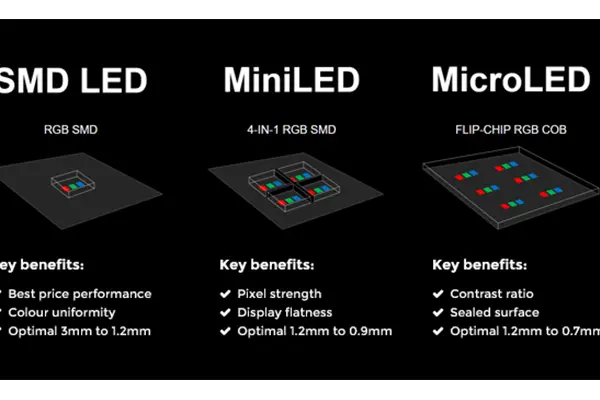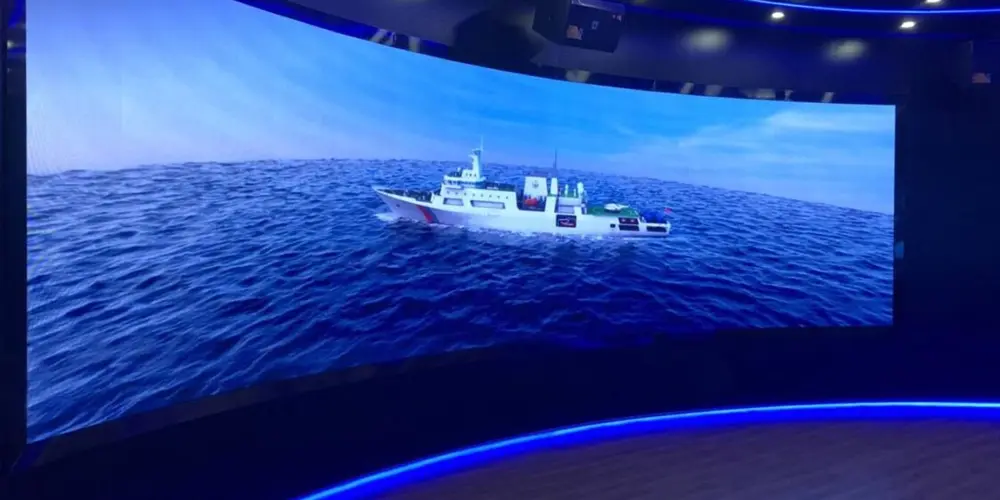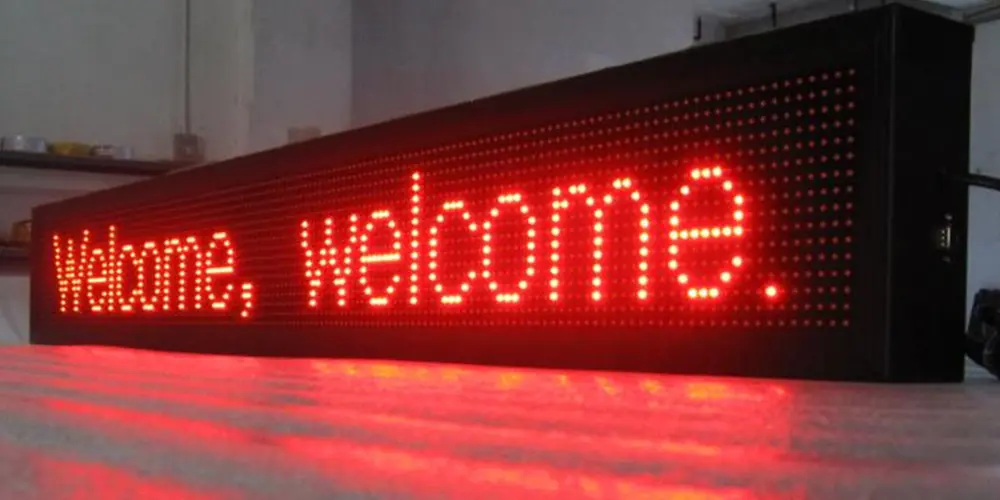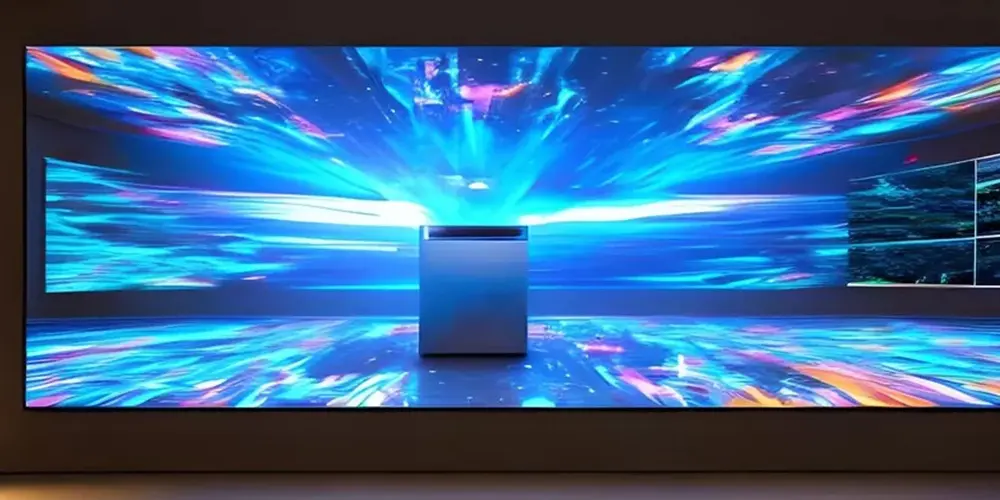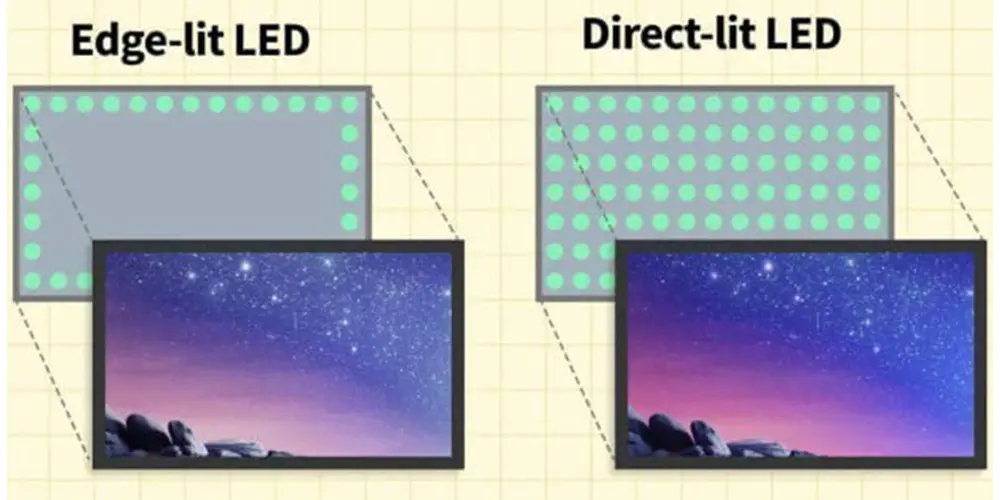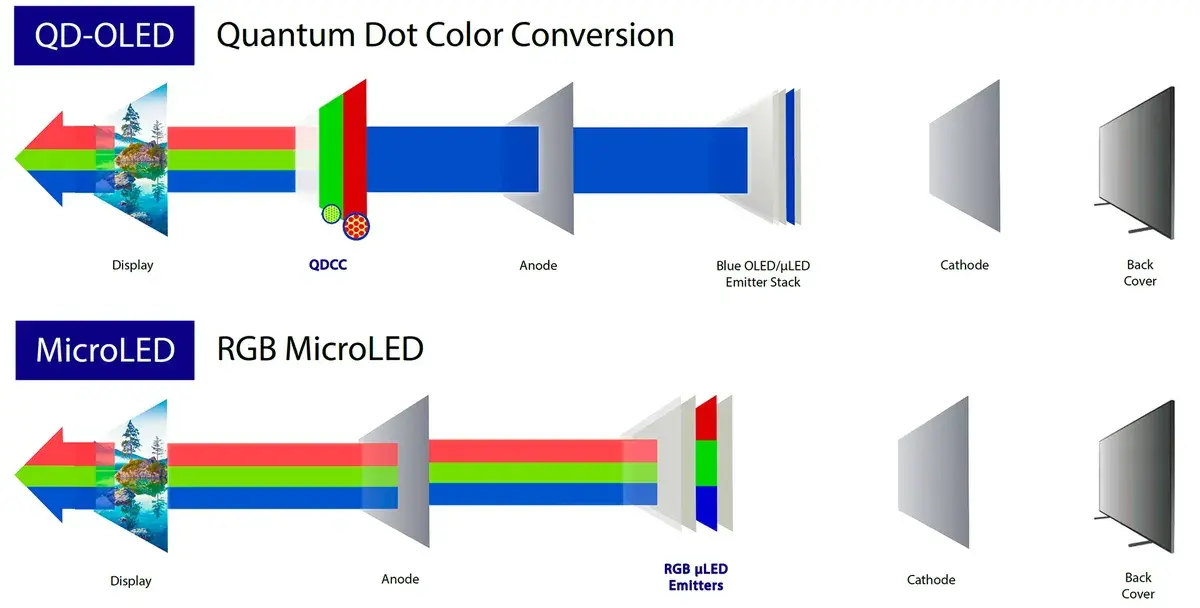In today’s fast-paced digital world, LED displays have become a staple in various industries, offering vibrant visuals, energy efficiency, and versatile applications. From retail stores and stadiums to corporate settings and outdoor advertising, the right LED display can dramatically enhance communication, entertainment, and branding. However, with so many different LED display types available, choosing the one that fits your specific needs can be challenging. This guide explores the key features of the most common LED display types and helps you determine which one best suits your needs.
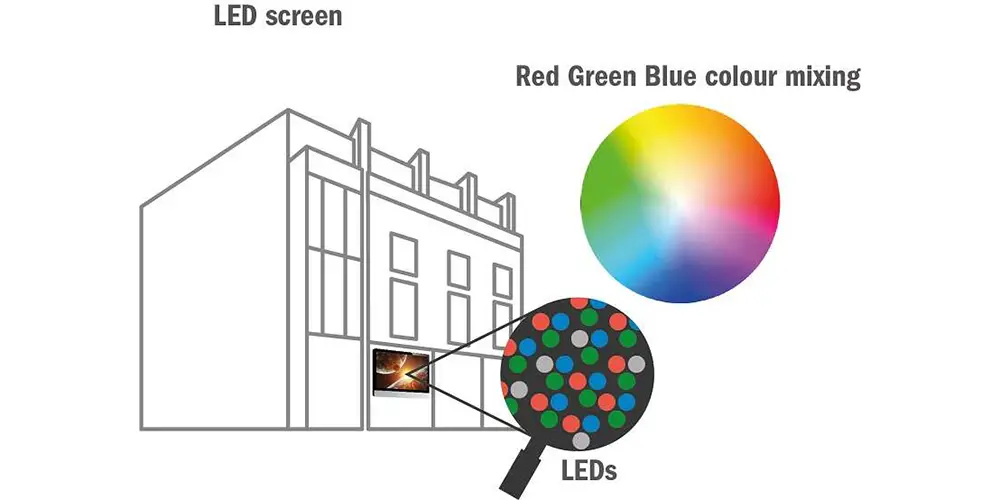
1. Indoor LED Displays: Perfect for High-Resolution, Close-Up Viewing
Indoor LED displays deliver crisp, high-resolution visuals, catering to environments where viewers are typically close to the screen. Retail stores, conference rooms, airports, and event venues commonly use these displays for presentations, advertisements, and digital signage.
- High Pixel Density: Indoor LED displays feature high pixel density, ensuring clear and sharp images even when viewed from a close distance. This is especially important for applications where text and detailed visuals need to be easily readable, such as in shopping malls or exhibition booths.
- Lightweight and Thin Design: Because installers often place these displays in limited spaces, manufacturers design indoor LED screens to be lightweight and slim. This makes them easy to mount on walls or suspend from ceilings without requiring heavy-duty structures.
- Brightness and Color Accuracy: Indoor environments typically have controlled lighting conditions, so the brightness levels of indoor LED displays are optimized to provide vibrant, true-to-life colors without causing glare or eye strain.
- Best Use Case: If you need a display for indoor advertising, presentations, or events, an indoor LED screen is your best bet. They are highly customizable in terms of shape and size and can be used to create eye-catching displays in high-traffic areas such as department stores or showrooms.
2. Outdoor LED Displays: Built for Visibility in Any Weather
Engineers design outdoor LED displays to maximize durability and visibility, even in harsh weather conditions. Whether it’s sunny, rainy, or windy, outdoor displays need to be highly resilient while maintaining clarity and brightness.
- Weather-Resistant: One of the most essential features of outdoor LED displays is their ability to withstand the elements. These screens are designed with waterproof and dustproof components, ensuring long-term performance in any weather.
- Brightness and Contrast: Outdoor displays need to be brighter than their indoor counterparts to remain visible under direct sunlight. These screens often come with high-brightness LEDs and advanced contrast settings to make sure the content is visible, even from long distances.
- Wide Viewing Angles: In outdoor settings like billboards, stadiums, or public squares, viewers will be looking at the display from various angles. Outdoor LED screens are designed with wide viewing angles to ensure the content is visible from all perspectives.
- Best Use Case: If you’re looking to make a big impact with billboards, outdoor advertisements, or large venue screens, an outdoor LED display is what you need. Their robust construction and powerful brightness levels make them ideal for grabbing attention in outdoor environments, no matter the weather.
3. Transparent LED Displays: Modern Elegance Meets Functionality
Transparent LED displays are a cutting-edge solution that allows you to combine digital content with see-through effects. These displays are perfect for storefronts or buildings where you want to showcase visuals without obstructing the view.
- Transparency and Brightness: Transparent LED displays offer a semi-transparent design, meaning that they allow natural light to pass through and provide visibility both in front and behind the screen. This makes them particularly useful for window displays in stores, where the display can attract attention without blocking the view inside.
- Lightweight Design: These displays are generally lightweight and easy to install on glass surfaces, whether it’s on a shop window, a glass wall, or a partition in an office. You can integrate them into architectural designs to achieve a sleek, modern look.
- Versatile Use: You can use these displays in both indoor and outdoor settings due to their transparent nature, offering a blend of visual appeal and practicality.
- Best Use Case: Transparent LED displays are ideal for retail storefronts, shopping malls, and high-end offices, where aesthetics are as important as functionality. They provide a futuristic way to display content without sacrificing natural light or the view behind the screen.
4. Flexible LED Displays: Adaptable to Any Space
Flexible LED displays cater to environments requiring creative and unconventional screen shapes. They are bendable, lightweight, and adaptable, making them perfect for creating immersive and unconventional visual experiences.
- Bendable and Curved Designs: Flexible LED screens can be curved, wrapped, or shaped to fit various surfaces, such as columns, walls, or even irregularly shaped structures. This flexibility opens up endless possibilities for artistic installations or creative advertising.
- Durability: Despite their flexibility, these displays are incredibly durable. People often use these displays in high-traffic areas where traditional screens would be too rigid or prone to damage.
- High Resolution: While they offer flexibility in design, they don’t compromise on resolution. Flexible LED displays maintain high-quality visuals, ensuring that your creative content remains clear and effective.
- Best Use Case: Flexible LED displays are perfect for art installations, themed environments, and curved structures in locations like museums, theme parks, and creative office spaces. If you want to make a bold visual statement that defies the limitations of traditional flat screens, this is the display type for you.
5. Fine-Pitch LED Displays: Ultra-High Resolution for Close Viewing
Fine-pitch LED display types feature extremely tight pixel pitches, delivering ultra-high resolution even on large screens. These displays are perfect for situations where viewers will be looking at the screen up close, such as in control rooms, luxury retail stores, or high-end corporate boardrooms.
- High Pixel Density: Fine-pitch LED screens have smaller spaces between the individual LED pixels, which results in sharper, more detailed images. This makes them ideal for situations where clarity and detail are paramount.
- Seamless Display: Fine-pitch LED screens provide seamless displays across multiple panels, making them essential for use in video walls. Unlike LCD video walls, which have bezels that interrupt the visual flow, fine-pitch LED displays provide a smooth, uninterrupted viewing experience.
- Best Use Case: Fine-pitch LED displays are perfect for corporate presentations, control rooms, or luxury retail environments where detail and image clarity are crucial. They are also ideal for creating video walls in broadcast studios or conference centers, where high-quality visuals are necessary.
6. Rental LED Displays: Easy Setup for Temporary Events
Rental LED display types offer flexibility and portability, making them easy to adapt to various events and locations. Moreover, these displays are easy to install, disassemble, and transport, making them perfect for temporary events such as concerts, conferences, trade shows, or sports events.
- Modular Design: Rental LED displays typically feature a modular design, allowing users to quickly assemble larger screens from smaller panels. This modularity allows for versatile configurations, whether you need a small stage backdrop or a massive display for a concert.
- Durability for Frequent Handling: Since rental displays are frequently moved and reinstalled, they are built with durable frames and components that can withstand the rigors of transportation and frequent setup.
- Best Use Case: If you’re organizing temporary events such as concerts, trade shows, or sporting events, rental LED displays offer the flexibility and ease of setup you need. Their modular design makes them highly adaptable to various venues and configurations.
Choosing the Right LED Display for Your Needs
When deciding which LED display is right for your specific application, it’s essential to consider factors like viewing distance, environment, design requirements, and the nature of the content you’ll be displaying.
- For indoor settings, where clarity and resolution are vital, indoor LED displays or fine-pitch LED displays are excellent options.
- For outdoor advertising or large events, opt for outdoor LED displays or rental LED screens designed to perform in tough conditions.
- If you’re looking for aesthetic impact, transparent and flexible LED displays provide creative solutions that combine form and function.
Conclusion
LED display types offer a wide range of solutions for different applications, from high-resolution indoor screens to weather-resistant outdoor displays. Each type has its unique features, tailored to specific needs, ensuring that whether you’re designing a corporate boardroom, hosting an event, or launching an outdoor advertising campaign, there’s a perfect LED display for you. Understanding the key features and best use cases of each type will help you make an informed decision and choose the LED display that best suits your requirements.

